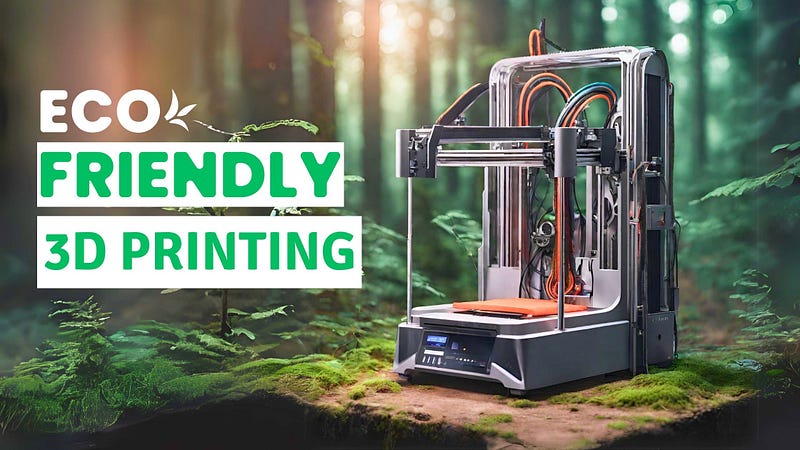Unlocking the Green Potential: Is 3D Printing Eco-Friendly?

Exploring the Environmental Impact of 3D Printing Technology in India
In the fast-paced world of technological advancements, 3D printing has emerged as a revolutionary force, transforming the way we manufacture products. As this cutting-edge technology gains prominence in India, a critical question arises — Is 3D printing truly eco-friendly?
The Landscape of 3D Printing in India
With the rapid growth of industries and a surge in innovation, India is embracing 3D printing technology at an accelerating pace. From healthcare to automotive and from education to manufacturing, the applications seem limitless. However, as we celebrate the convenience and efficiency offered by 3D printing, it becomes crucial to assess its environmental impact.
Reducing Material Waste: A Green Advantage
Traditional manufacturing processes often generate significant material waste, contributing to environmental degradation. 3D printing, on the other hand, has the potential to minimize waste production. By precisely layering materials to create objects, it optimizes resource utilization, reducing the overall environmental footprint.
Energy Efficiency in 3D Printing
Another aspect to consider is energy consumption. Traditional manufacturing methods often involve heavy machinery and lengthy production processes, consuming substantial amounts of energy. 3D printing, in contrast, is generally more energy-efficient. The technology allows for the creation of intricate designs and complex structures with minimal energy expenditure, making it a greener alternative.
Biodegradable Materials and Recycling in 3D Printing
The choice of materials is pivotal in determining the eco-friendliness of any manufacturing process. In the realm of 3D printing, the use of biodegradable materials is gaining traction. PLA (polylactic acid), a bio-based plastic, is commonly used in 3D printing and is derived from renewable resources. Additionally, efforts are being made to develop recycling methods for 3D printing materials, further reducing the environmental impact.
Challenges and Future Prospects
While 3D printing offers promising eco-friendly features, challenges such as the environmental impact of certain materials and the need for standardized recycling methods persist. As the technology evolves, researchers and industry experts are actively working towards addressing these challenges to make 3D printing even more environmentally sustainable.
In conclusion, the eco-friendliness of 3D printing in India is a multifaceted topic. The technology presents a range of environmental benefits, from reducing material waste to optimizing energy consumption. However, ongoing research and innovation are crucial to overcoming challenges and ensuring that 3D printing continues to be a sustainable solution for the future.
Comments
Post a Comment